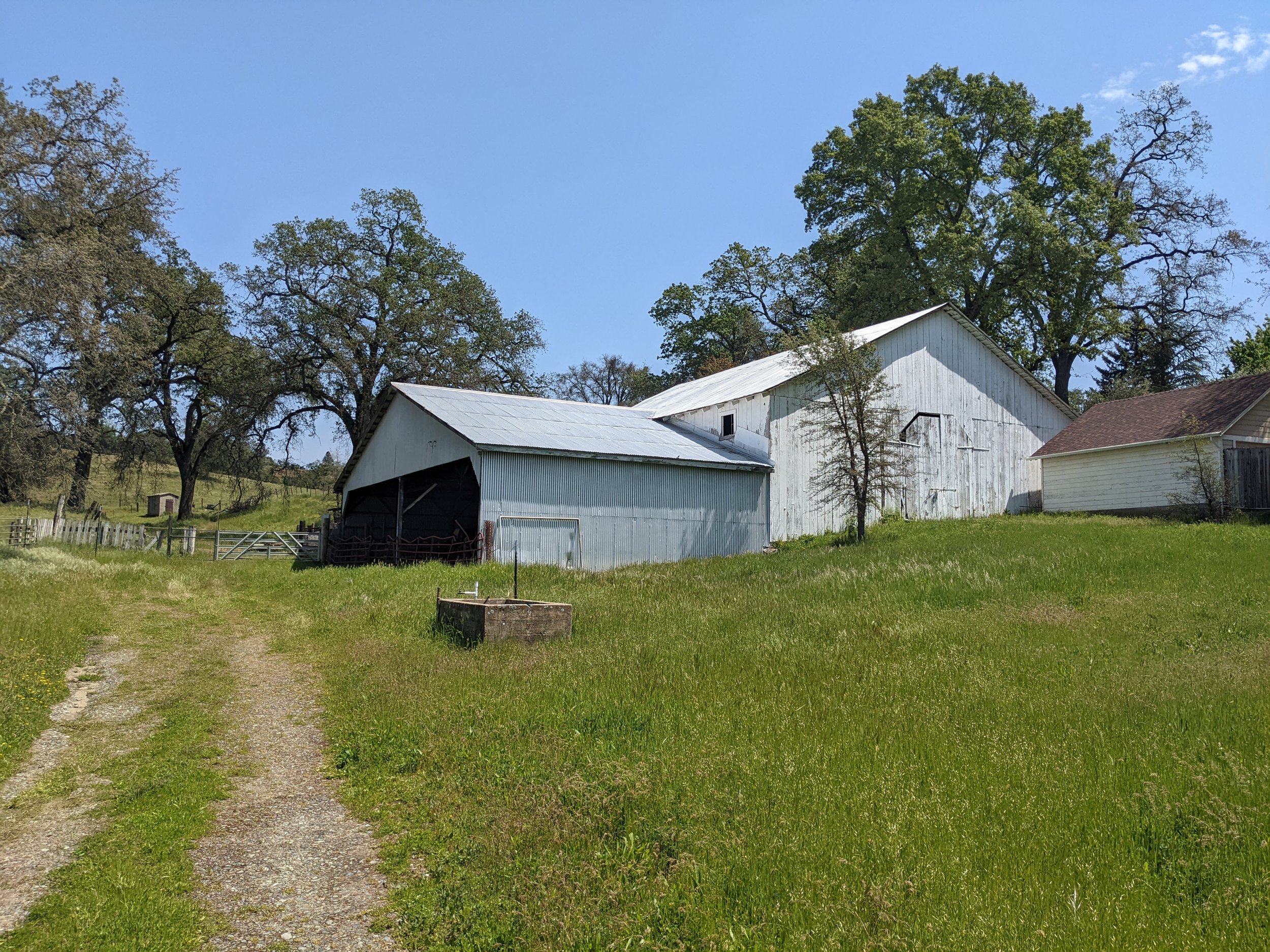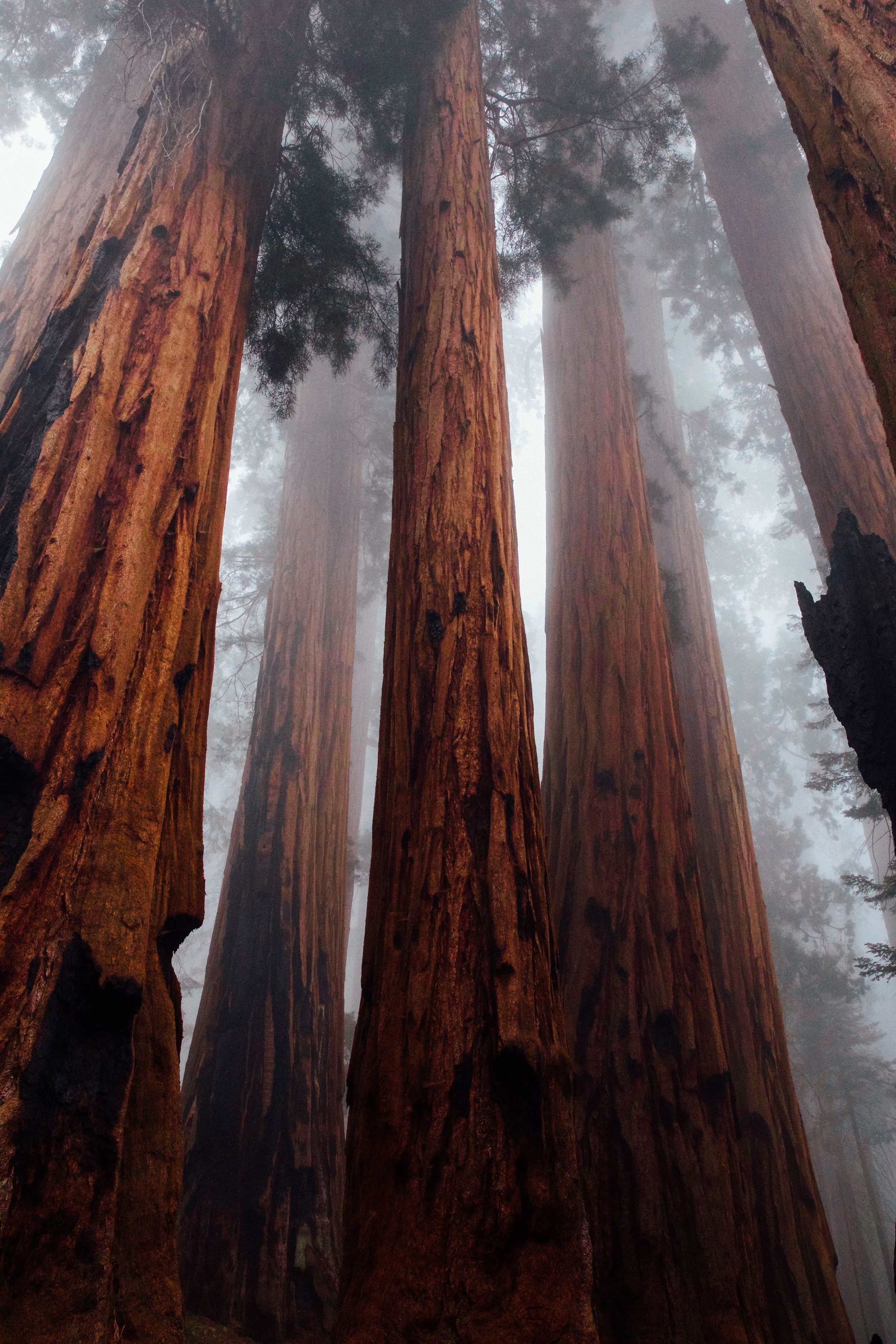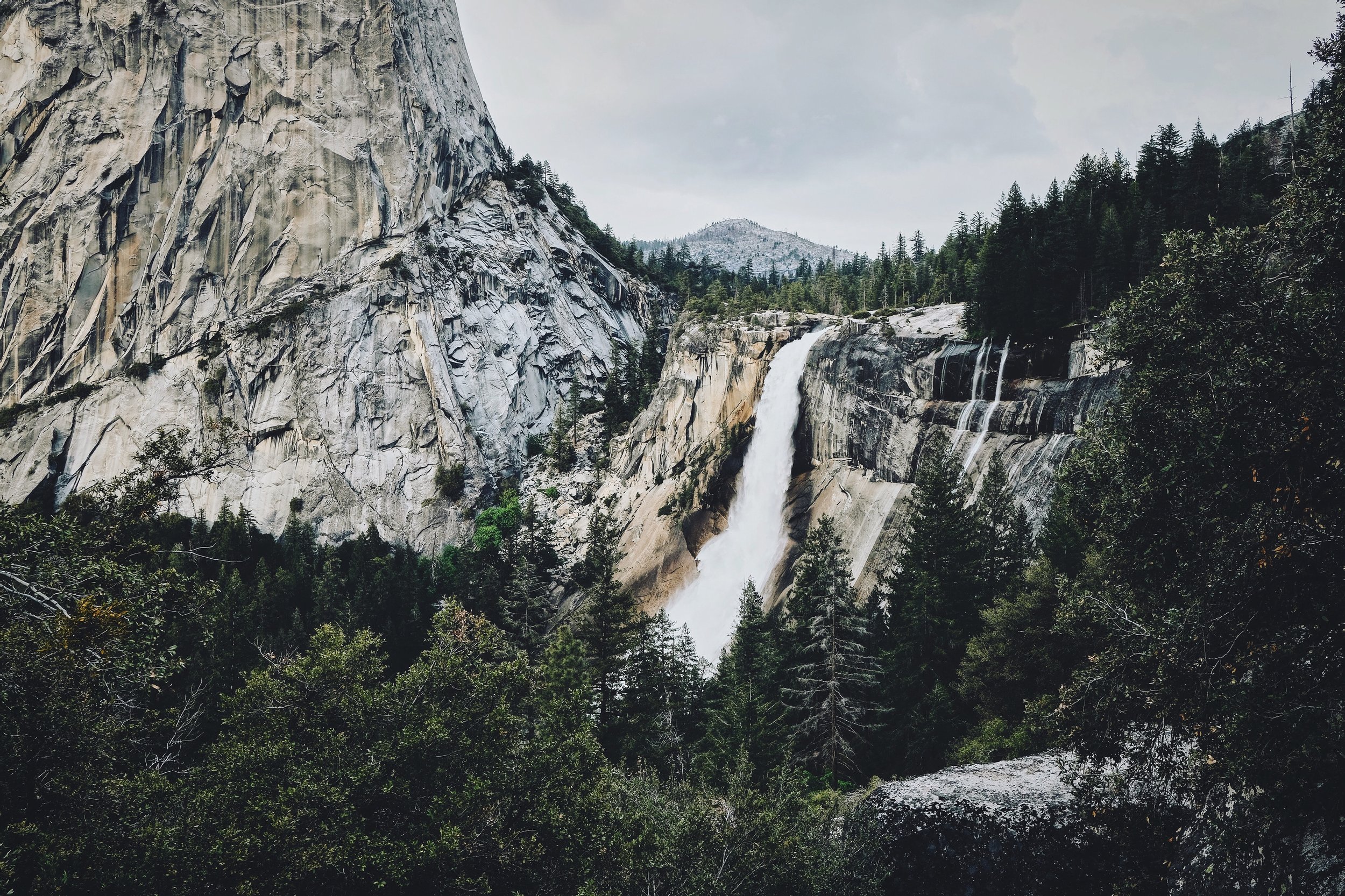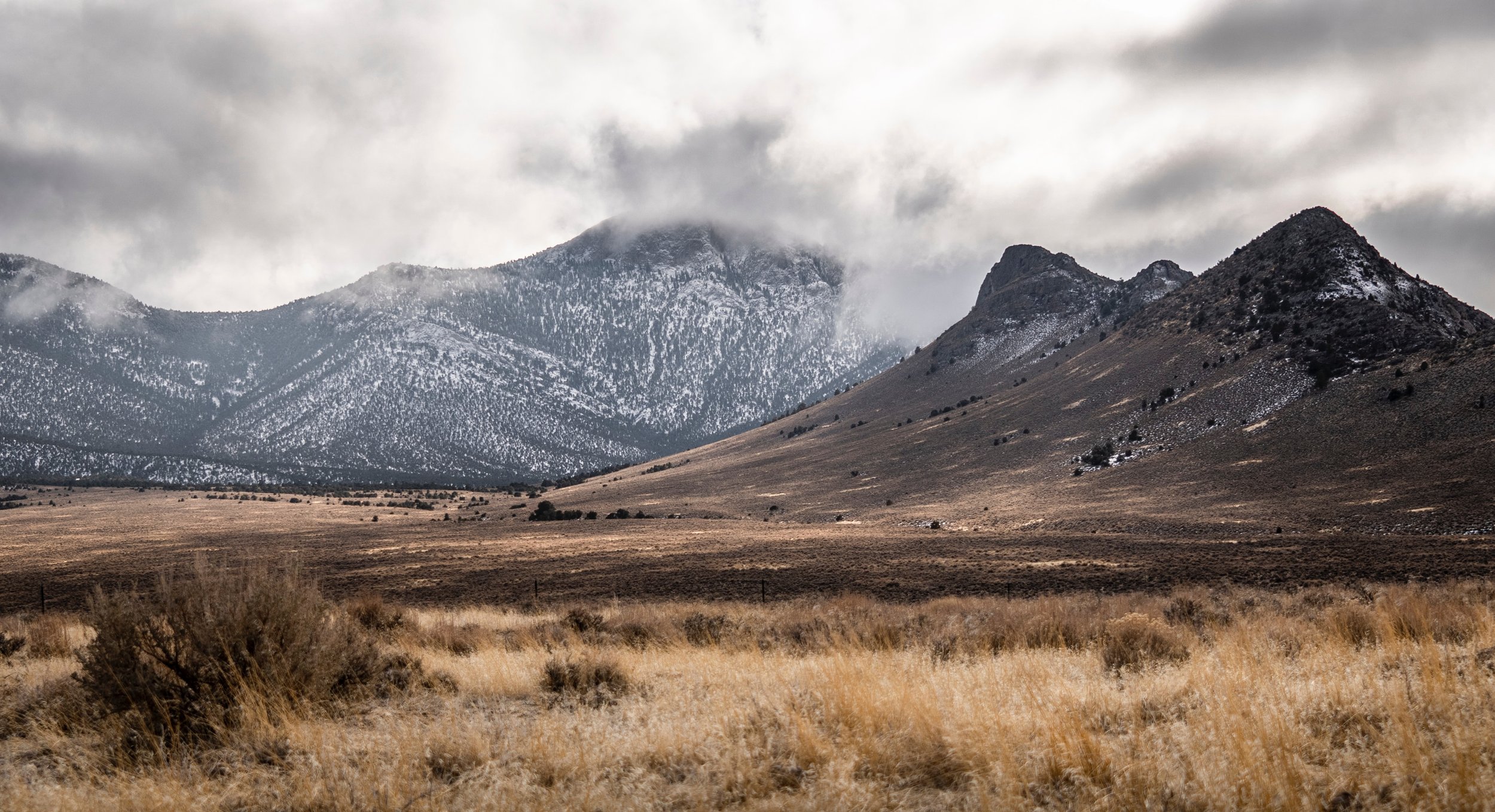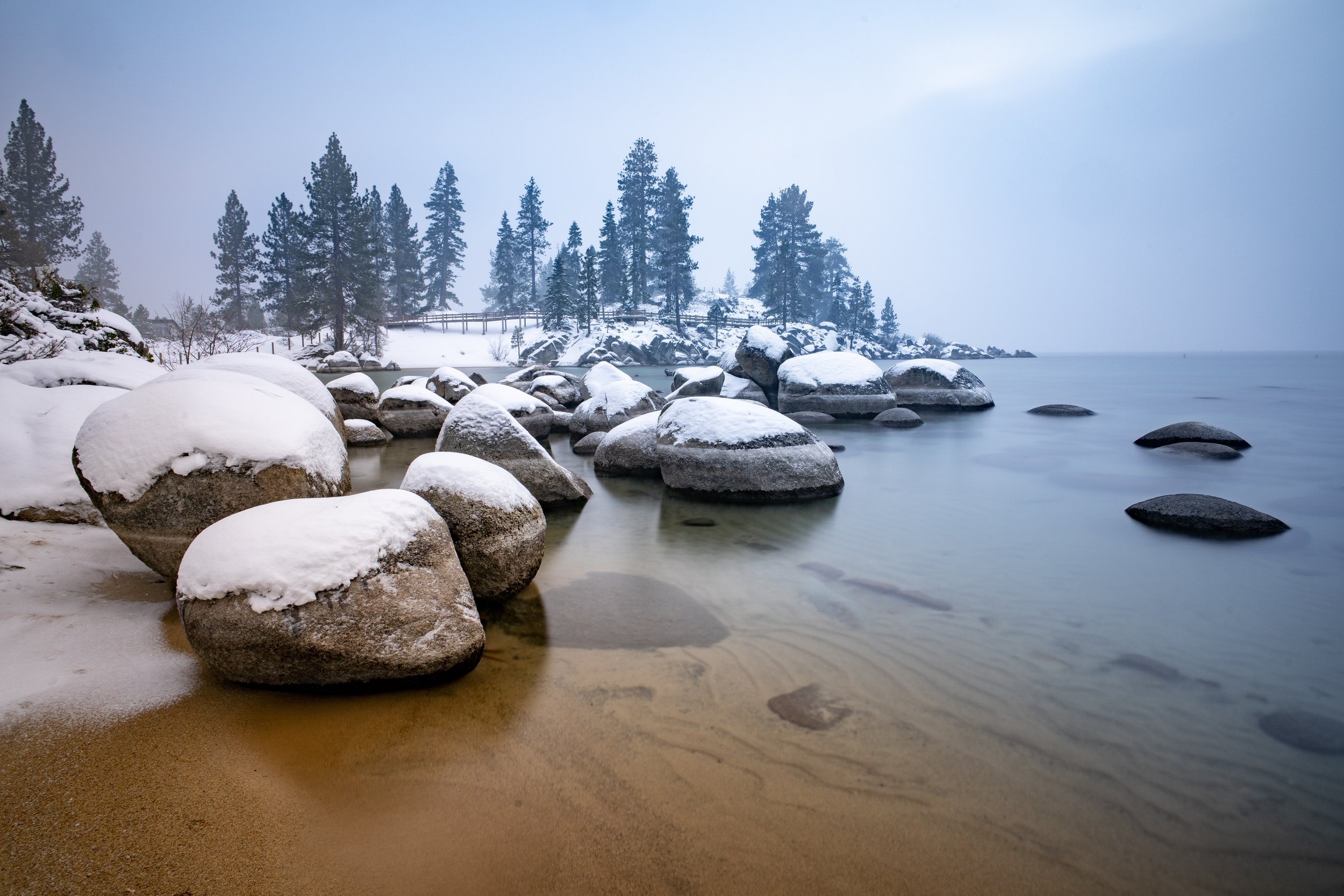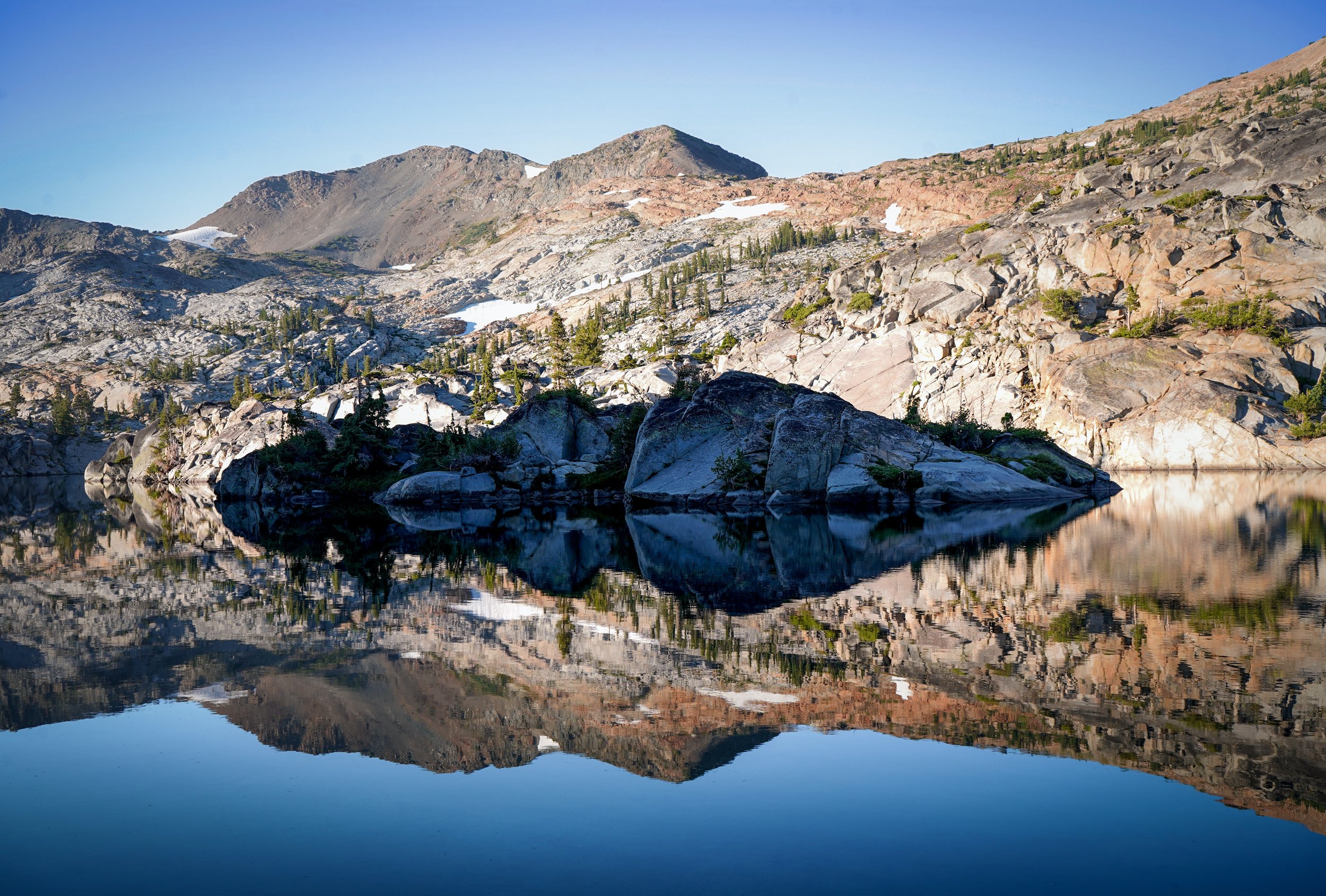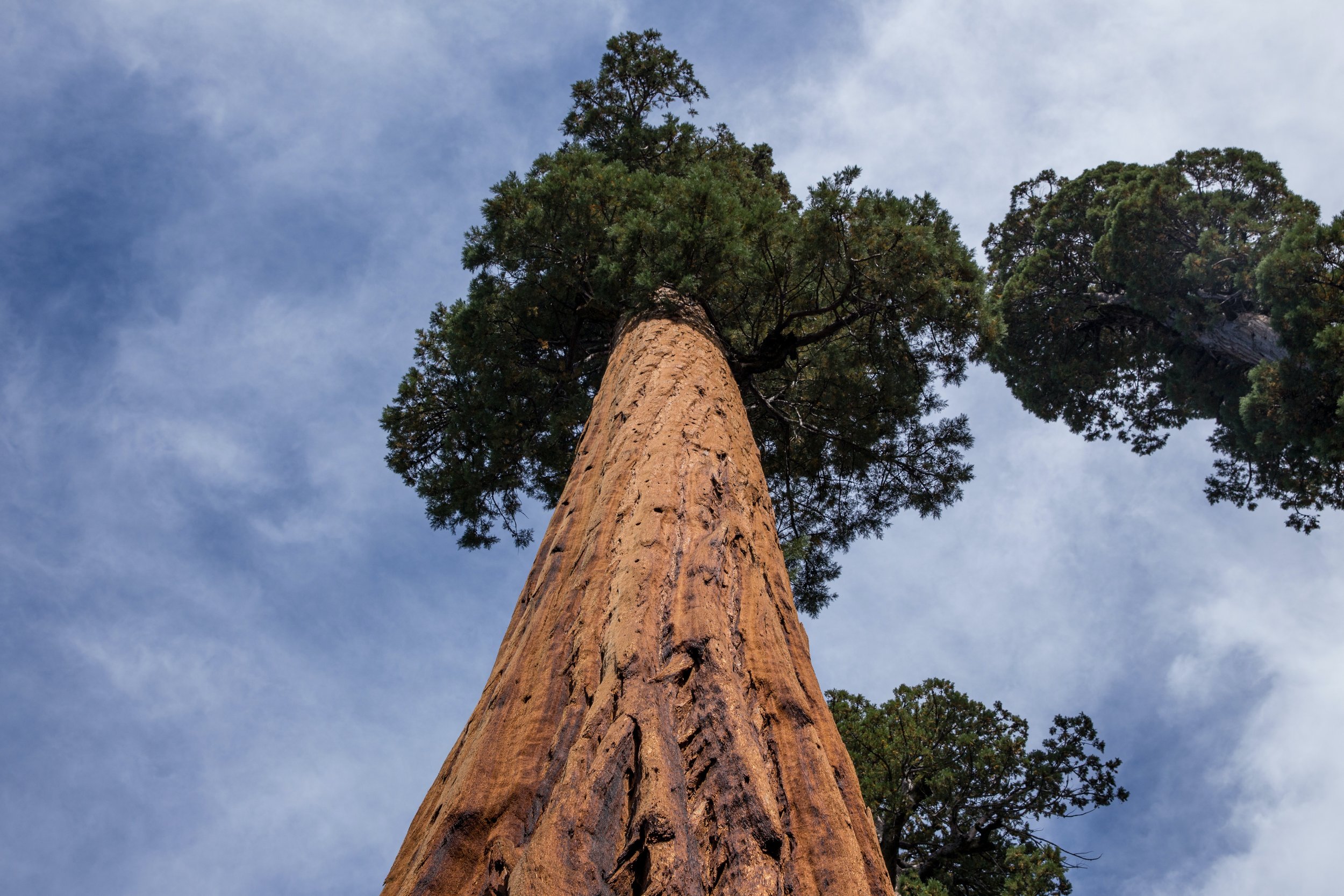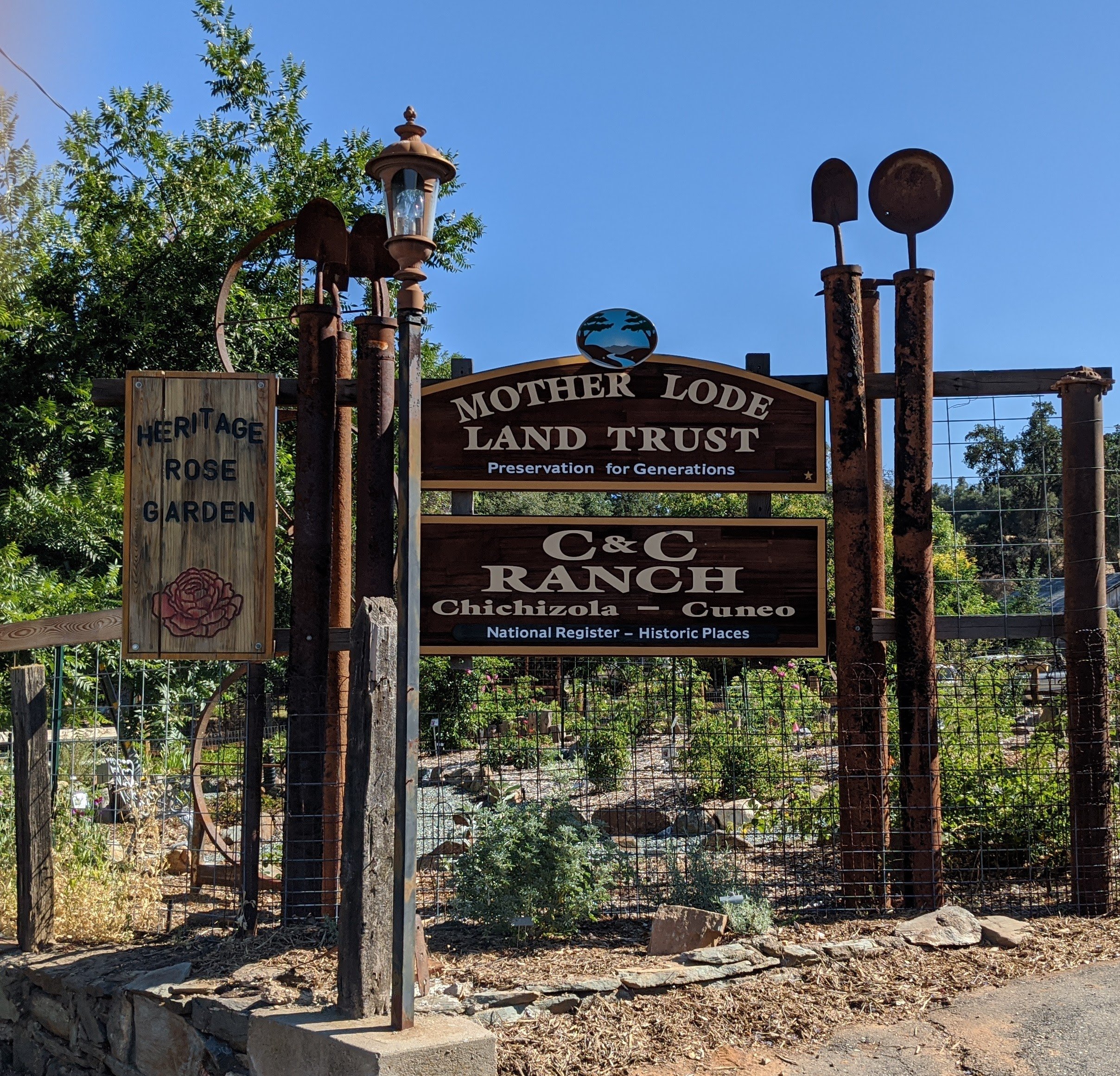
Mother Lode Land Trust News
SPRING CLEANING
As we clean up from this historic, wet, and snowy winter, our year has only just begun here at the Mother Lode Land Trust. We have already hosted several public events this year, despite the rain. Now, this beautiful Spring and the upcoming Earth Day have brought more opportunities for outings. At our newly acquired Erickson Ranch Preserve in Sutter Creek, we are co-sponsoring the Mother Lode Earth Day 5K race. This is a partnership with Amador Trail Stewardship and the Amador Highschool Environmental Club. We are thrilled to also co-sponsor another Earth Day event with the Tuolumne County Land Trust, a beautiful wildflower hike at Ratto Ranch near Sonora. Lastly, at our own C&C Ranch Preserve, we are holding our first annual Campfire Stories Event. This event will provide a unique story-telling and live music experience at the C&C ranch in Jackson. This is part of our work to get many more people out on the land and aware of our Land Trust work. As we work to get more access to the community, we are also working to help conserve more important working lands across our region.
One example of our most recent work is the above-mentioned, Erickson Ranch Preserve. This property was transferred to us from Caltrans as a mitigation property for the Sutter Creek bypass environmental impacts. One of our first challenges at Erickson Ranch was dealing with the debris left over from previous oak planting and other restoration projects that had been scattered across the property. Unfortunately, most of the planted oaks died, leaving a lot of plastic pipe, rebar, and fencing across the property. Luckily, with help from our volunteer force and our new Stewardship Director, Amanda Brashear, we have begun to clean up this property.
“Over 30 volunteers removed fencing, netting, rebar, irrigation pipe and other debris totaling 65 volunteer hours. They collected enough debris to fill a 40-yard dumpster! We truly appreciate our hard-working volunteers, and so will the future visitors of Erickson Ranch. Thank you. “
We have also been partnering with the Amador Trail Stewardship Group to help fix and restore the trails that have been developed there. It is wonderful to see this land being used by the public.
We are delighted to announce that we have received funding approval from the Sierra Nevada Conservancy to acquire an additional 303 acres near our existing 575-acre Long Gulch Ranch Preserve near Groveland, and although we still need to raise another $650,000 in funding, we are hopeful about making this project come alive. This land offers important Great Gray Owl habitat, magnificent valley oaks, and excellent recreational opportunities. Once slated for suburban development it will now be forever protected as open space.
In Calaveras County, we are in the final stages of securing a conservation easement on a historic working cattle ranch. In the coming months, we will begin doing extensive outreach in El Dorado through Tuolumne counties to let land owners and the public alike learn more about the great opportunities the Mother Lode Land Trust has to offer. If you are interested in helping with our current outreach project or any of our other programs, give us a call or shoot us an e-mail. As spring turns quickly to summer, we look forward to a very productive year of land conservation!
VIRTUAL FENCING
Scott Oneto & Brian Allen, UC Cooperative Extension
(Excerpted from UCCE article) Read the full article here.
Recent advances in virtual fence (VF) technology are rapidly providing cost-effective opportunities to revolutionize grazing management practices and livestock production systems. Virtual fencing, an alternative technology to traditional physical fencing, enables land managers to control livestock distribution across extensive landscapes without the intensive labor, expense, and logistical efforts required by traditional fencing. Livestock are outfitted with GPS collars (Figure 1) that communicate with radio towers to create a virtual fence, and if livestock cross manager- defined virtual boundaries, the collars deliver audible (e.g., series of short, high-pitched sounds) and/or tactile stimuli (e.g., electrical pulse). Previous research has demonstrated that both cattle and sheep can quickly learn virtual fencing cues, including responding to audio cues alone. This innovative technology has also been shown to be effective for multiple natural resource goals in grazed rangelands across the Great Plains and Great Basin in the United States and grazed pastures of Australia.
accreditation comments
Dear Stakeholders, Members, Supporters, and Friends,
The land trust accreditation program recognizes land conservation organizations that meet national quality standards for protecting important natural places and working lands forever. MOTHER LODE LAND TRUST is pleased to announce it is applying for accreditation renewal. A public comment period is now open.
The Land Trust Accreditation Commission, an independent program of the Land Trust Alliance, conducts an extensive review of each applicant’s policies and programs. “Land Trust Accreditation has really helped our organization maintain proper records and finances, and stay in good standing with the local Land Trust community.” (Ellie Routt, Executive Director)
The Commission invites public input and accepts signed, written comments on pending applications. Comments must relate to how MOTHER LODE LAND TRUST complies with national quality standards. These standards address the ethical and technical operation of a land trust. For the full list of standards see http://www.landtrustaccreditation.org/help-and-resources/indicator-practices.
To learn more about the accreditation program and to submit a comment, visit www.landtrustaccreditation.org, or email your comment to info@landtrustaccreditation.org. Comments may also be mailed to the Land Trust Accreditation Commission, Attn: Public Comments, 36 Phila Street, Suite 2, Saratoga Springs, NY 12866.
Comments on MOTHER LODE LAND TRUST’s application will be most useful by April 1st, 2023. You can also send comments or questions about our organization, directly to the Mother Lode Land Trust. Direct correspondence to PO Box 1435, Jackson CA 95642 or email ellie.motherlodelandtrust@gmail.com
We thank you for your interest and continued support.
Sincerely,
Ellie Routt
Executive Director
Land Trusts are the Answer
Land Trusts are the Answer
In the age of climate change California has become a leader in innovative ways to reduce our dependence on fossil fuels. California has also recognized the benefit of protecting biodiversity and working lands in the race to limit the catastrophic impacts of global climate change. As part of this effort, the Governor has started the 30x30 initiative in California. The aim of this program is to conserve 30 percent of California's lands by the year 2030. In order to achieve these ambitious tasks it will take a Herculean effort not only from the state but also from the Land Trusts around California.
The Mother Lode Land Trust is a regional land trust that works to conserve lands from El Dorado County to Tuolumne County including western Alpine. Since the Gold Rush the Bay Area, Sacramento, and the Sierra have been closely linked. This region contains significant rivers; the American, Mokelumne, Stanislaus, and Tuolumne Rivers. The Mokelumne River provides 90% of the water to East Bay Municipal Water District(EBMUD) the Tuolumne River delivers 80% of the SF Water District supply. What happens in the Sierra directly impacts the rest of California, especially the Bay Area. In addition to the water supply, millions of people recreate in the Sierra and enjoy the rich wine and beef grown throughout the Sierra foothills.
Unfortunately, the same sprawl development pattern we find in the suburbs of every major city, including the Bay Area, now threatens the Sierra. A quick drive up Highway 50 or 80, on your way to the High Sierra, will demonstrate how far the sprawl has encroached on our beautiful rolling hills and Oak Forest. This development in once-rural areas further exacerbates climate change. The conversion of grasslands and oaks to pavement reduces the carbon sequestered. Secondly, the development is almost completely car-dependent which means people living in these new communities must drive to meet most of their basic needs.
The Good News!
Luckily there are Land Trusts throughout the Sierra that can help private landowners conserve their properties for future generations while saving on taxes. According to the Land Trust Alliance, land trusts have protected 61 million acres and contributed to 70% of the land protected since 2015. Land Trusts work mostly with private landowners to help conserve and protect their lands through conservation easements. The great thing about conservation easements is that they are a completely voluntary action on the part of the landowner.
Conservation Easements
A conservation easement is a voluntary restriction on the deed of the land that will limit the development of that parcel of land forever. In exchange for limiting the development potential the landowner usually has their taxes reduced. In the case of a purchased easement, the landowner receives compensation for the conservation easement.
The benefits of protecting land go far beyond that of the individual landowner. The Sierra Cascade Council of Land Trust Studies “estimate that for every $1 invested in conservation, $4 to $11 is returned in natural goods and services like clean air and water and reduced risk of flooding. A recent analysis from the California Rangeland Trust showed a return of up to $168 per dollar invested for the permanent conservation of threatened resources.
If you own land in the Mother Lode Region contact us and we can help protect your land today. The State of California has a lot of lofty goals but they can’t be accomplished without your help or the help of Land Trusts.
Stinkwort Removal at Erickson Ranch
BEFORE STNKWORT REMOVAL
Before the winter rains, three volunteers assisted Mother Lode Land Trust for a mini-work day. The task: to remove stinkwort from Erickson Ranch, our newest conservation property in Sutter Creek, CA.
Mother Lode Land Trust recently acquired Erickson Ranch, an area protected to mitigate the loss of oak woodland habitat from the Highway 49 bypass project. The parcels to the east of Highway 49 are open to the public for non-motorized recreation.
AFTER REMOVAL
Stinkwort (Dittrichia graveolens) is an invasive annual that hasn’t been in California long, but is spreading rapidly. This weed is stinky and poisonous to livestock. Wear gloves when removing, as stinkwort can also irritate skin. Since stinkwort is a late-season bloomer, it is one of the few green plants around this late into fall, which helps in its identification.
STINKWORT
The stinky bugger loves roadsides and disturbed fields, and if you’re not careful, it can soon get out of hand. Fortunately, the stinkwort patches were spotted and controlled on Erickson Ranch this year. Removal was fairly easy. They pulled up from the ground without too much trouble.
Oneto and Moné (2019) suggest tilling or hand pulling is effective as long it is done before flowering to prevent seed production. Mowing may be effective when plants are just beginning to flower, although multiple mowings may be required. Broadleaf herbicides and glyphosate may also be used, but hopefully you won’t do this unless mechanical removal is not feasible. For our workday, mechanical removal worked just fine.
Many hands make light work. Thanks team!
Bennett Juniper
San Francisco, Calif. (November 8, 2022) — Save the Redwoods League today announced that it has entrusted Mother Lode Land Trust (MLLT) with the long-term stewardship of Bennett Juniper, the largest juniper and one of the oldest known trees in the world. The League donated the 3,000-year-old tree and surrounding 3-acre property to MLLT. The Bennett Juniper property has been stewarded by the League since 1987. It is an inholding within Stanislaus National Forest in Tuolumne County, California.
"The Bennett Juniper is an unrivaled specimen of western juniper. This gnarled and knotted tree has withstood drought, hard winters and lightning strikes for thousands of years,” said Ellie Routt, executive director of Mother Lode Land Trust. “MLLT's ownership of this property ensures local oversight and permanent protection so that everyone can have the chance to see this amazing tree.”
“When Save the Redwoods League protects a forest, often, that’s just the beginning of the story, not the end,” said Anthony Castaños, land stewardship manager for Save the Redwoods League. “After more than 30 years of stewarding the Bennett Juniper property, we're pleased to convey this remarkable place to Mother Lode Land Trust. The organization has the capacity and local ties to ensure its future most readily.”
About the Bennett Juniper
The Bennett Juniper tree is the largest known juniper tree in existence. It is 86 feet tall and 39.9 feet around. Other western juniper trees average 50-70 feet in height.
The Bennett Juniper is among the oldest living trees in the world. It is estimated to be between 3,000 and 4,000 years old, with some believing it’s even older. The tree has been studied numerous times, including by Peter Brown from the University of Arizona Tree Ring Lab. In 1989, Brown estimated that the tree is approximately 3,000 years old; however, he also discovered decayed wood and a hollow section about 2 feet into the core samples. Given these voids in the tree rings, the exact age of the Bennett Juniper may never be known.
The tree is named after naturalist Clarence Bennett, who studied western juniper trees from Oregon to Mexico. In 1932, after hearing of Bennett’s studies, Ed Burgeson, a local sheep rancher, led Bennett to the large juniper tree. It turned out to be the largest juniper that Bennett had encountered. For years thereafter, Bennett continued to advocate for the tree’s protection, and in the 1950s the USDA Forest Service named the tree after Bennett.
Other large juniper trees can also be found on the property, including a pair that looks like they’re dancing, according to locals. These trees are nicknamed Fred and Ginger for their resemblance to Fred Astaire and Ginger Rogers.
Ensuring the Protection of the Bennett Juniper
Nonprofit organizations have stewarded the Bennett Juniper property for more than 40 years as protected open space.
To establish formal protections for the famed tree, Joseph W. Martin, Sr. donated the 3-acre Bennett Juniper property to The Nature Conservancy (TNC) in 1978. By the 1980s, increased visitation had significantly degraded the property. TNC restored and stewarded the land for about nine years before they conveyed it to Save the Redwoods League in June 1987.
Although the League is best known for protecting coast redwood and giant sequoia forests, it took on the responsibility of managing the Bennett Juniper property for 35 years. The League’s stewardship team installed protective fencing around the Bennett Juniper’s base and the boundary of the property. It has also installed interpretive panels to provide information and background about the tree and its history. Notably, the League hired Ken Brunges as caretaker in 1988. Brunges lived onsite and diligently protected the Bennett Juniper for three decades.
After Brunges’ exit, and with careful consideration and discussion between the nonprofit organizations, the League determined that MLLT, a more localized organization, would be best suited to manage the property going forward. Effective November 4, 2022, the League has donated the property, along with $40,000 in seed funding toward its long-term stewardship, to the Mother Lode Land Trust, continuing the legacy of nonprofit stewardship for this remarkable specimen.
